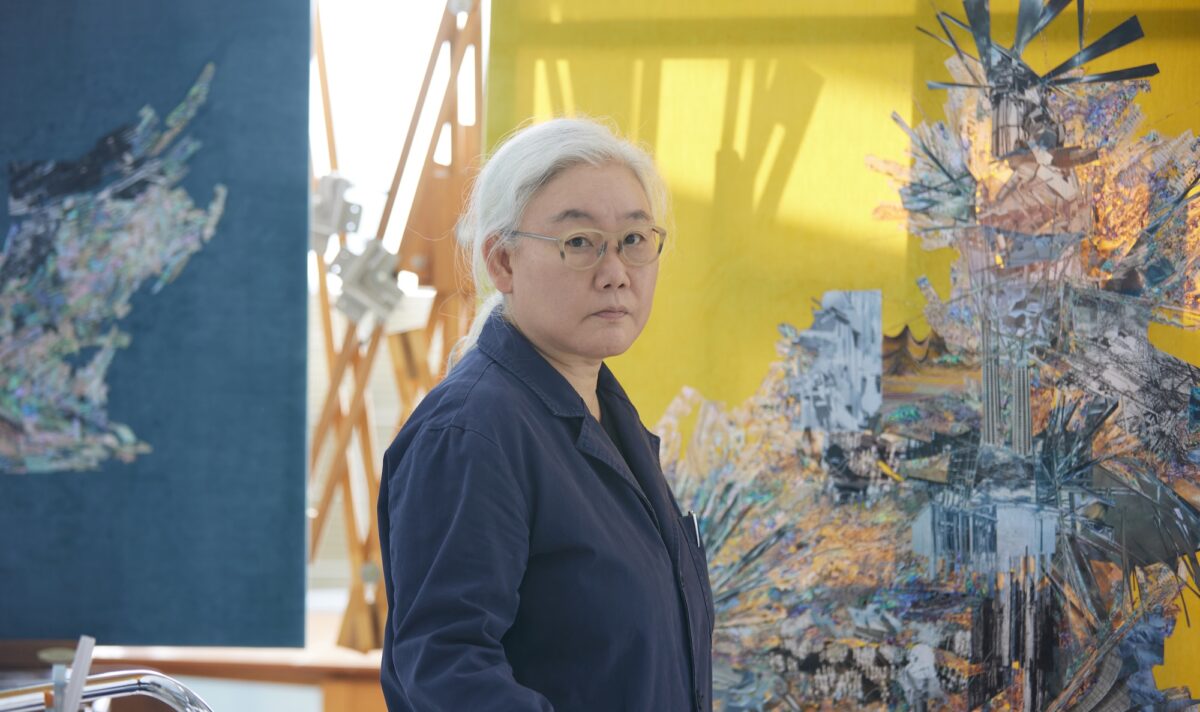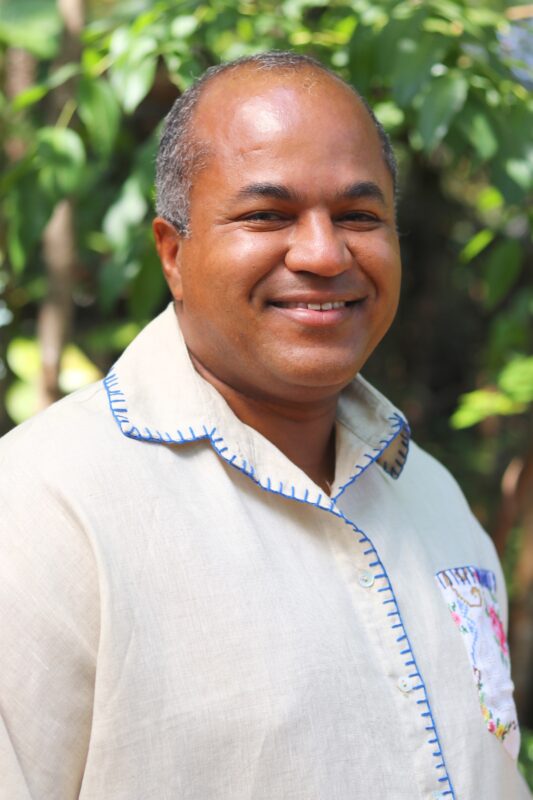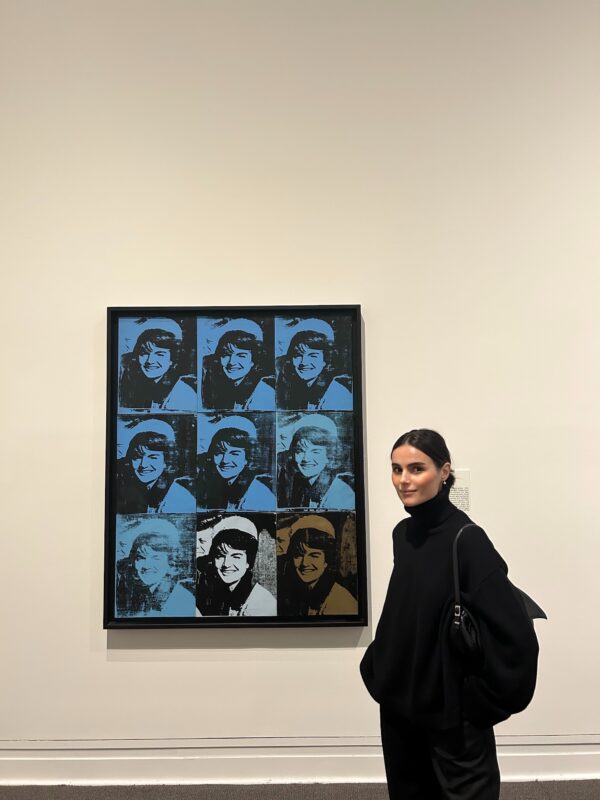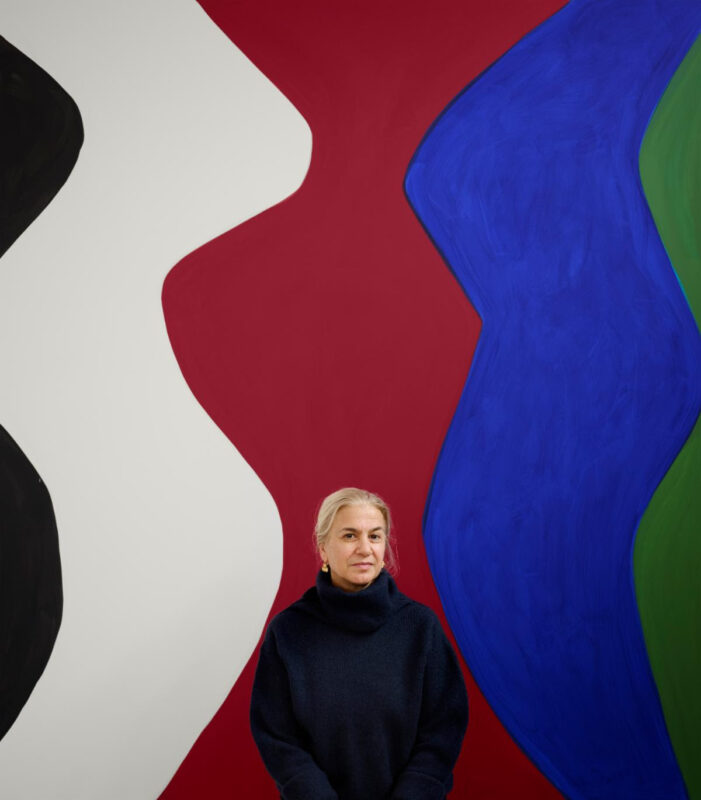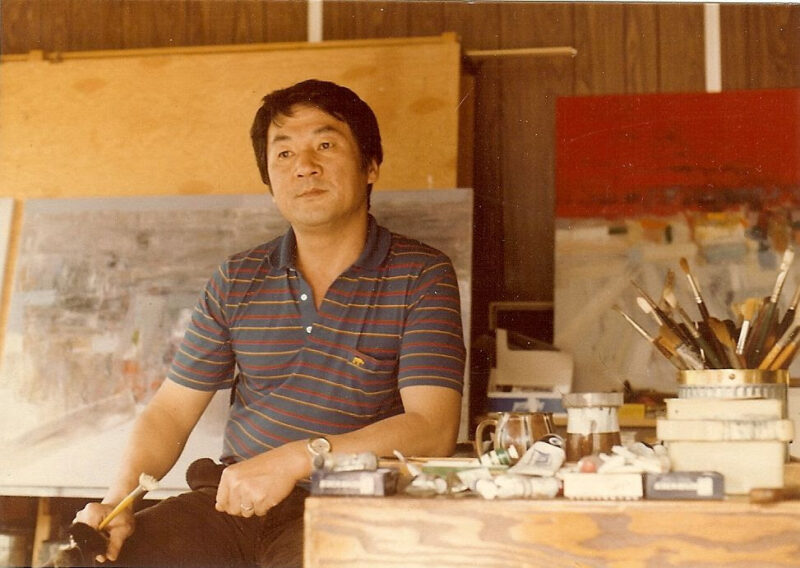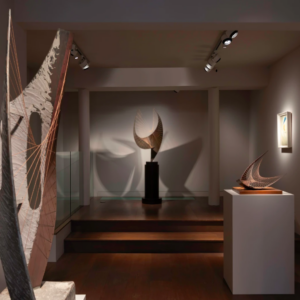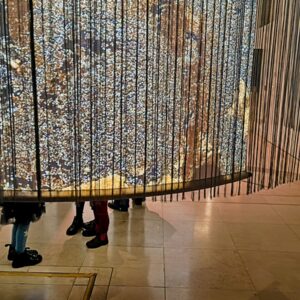Hauser & Wirth nowrepresent Korean artist Lee Bul, in collaboration with Seoul-based gallery BB&M.
Known for a pioneering interdisciplinary approach honed over the course of four decades, Lee has created a body of work spanning sculpture, installation, performance and painting. She first gained international recognition in the 1990s for a provocative, genre-defying art that interrogates themes of utopian ideals, technological transformation and the fragility of human ambition. For early performances and soft sculptures that challenged societal norms, she often incorporated cyborg imagery to explore posthumanism and gender politics.
Over time, Lee’s practice has expanded to encompass large-scale immersive installations utilizing mirrored surfaces, organic-mechanical hybrids and architectural structures to engage viewers in a multi-sensory experience of space and perception. Deeply influenced by philosophy, literature and experimental architecture, her oeuvre examines the intersections of technology, history and speculative futures. Concepts of freedom and liberation are deeply embedded in Lee’s work, both thematically and formally. Her artistic practice can be understood as an ongoing exploration of constraints—whether political, societal or artistic—and an imperative to transcend them.
In 2024, Lee was commissioned by the Metropolitan Museum of Art, New York, to create sculptures for the niches of its landmark Fifth Avenue facade. ‘The Genesis Facade Commission: Lee Bul, Long Tail Halo’ opened on 12 September 2024 and remains on view until 10 June 2025.
‘We are thrilled to welcome Lee Bul to Hauser & Wirth and are honored to work in collaboration with BB&M to bring this remarkable artist’s achievements to ever wider international audiences,’
says Marc Payot, President at Hauser & Wirth.
‘Lee is recognized as the foremost Korean artist of her generation. Combining conceptual rigor and a nuanced approach to materiality with a deep and profound humanism, her work continues to evolve in fascinating new directions. Lee has expressed admiration for artists in our gallery’s roster, in particular Phyllida Barlow and Louise Bourgeois, and points of connection within our program. Now in the fourth decade of her career, she is seen as a pioneer by younger generations of artists who are deeply influenced by the sensibility of her early work, her iconoclastic performances and the multi-sensory installations that expanded the formal and conceptual boundaries of visual art. We look forward to our presentation at Art Basel Hong Kong, to Lee’s first exhibition with us in New York next year, and to our collaboration in the months and years to come.’
The gallery will present a sculpture ‘Untitled (Anagram Leather #11 T.O.T.)’ (2003/2018) and a new diptych painting ‘Perdu CCIX’ (2025) by Lee in the gallery’s presentation at Art Basel Hong Kong in March 2025. While Lee’s installations and sculptures often embody a metallic, even futuristic, aesthetic that aligns with the tropes of modern technology and science fiction, her two-dimensional works explore different realms of technique, seeking to challenge and expand the prevailing understanding of technology through multiple approaches and viewpoints.
The artist’s upcoming projects include a major touring survey co-curated by Leeum Museum of Art, Seoul, and M+, Hong Kong. It opens at Leeum Museum of Art in September 2025, followed by a presentation at M+ in March 2026 before touring to other international venues.
The artist’s first exhibition with Hauser & Wirth will take place in New York in 2026
About the Artist
Lee Bul (b. 1964, Yeongju) lives and works in Seoul, South Korea. Having graduated from Seoul’s Hongik University with a BFA in sculpture, she made early breakthroughs to create multi-faceted, provocative works that crossed genres and disciplines exploring themes of beauty, corruption and decay. Some of Lee’s now-iconic works from this period were considered integral in the emergence of a global contemporary art of the 1990s, as advocated by supporters of her work, influential curators including Harald Szeemann, Hans Ulrich Obrist and Okwui Enwezor. Lee’s ‘Majestic Splendor’ (1997), an installation featuring decomposing fish adorned with sequins that was shown at the Museum of Modern Art, New York, was selected by Szeemann for his Venice Art Biennale exhibition in 1999, ‘dAPERTutto’. The same year, her karaoke installation ‘Gravity Greater Than Velocity I, II’ (1999) and ‘Amateurs’ (1999), featured in the Korean national pavilion and she received honorable mentions for both projects.
Lee continued to examine the body’s relationship to technology during the early 2000s creating sculptural hybrids of machine and organic forms. Her Cyborgs and Anagrams series explored our fascination and anxieties surrounding the techno-utopian ideal of perfectibility; while recalling the mutable, extracorporeal soft sculptures she created for her early performances.
